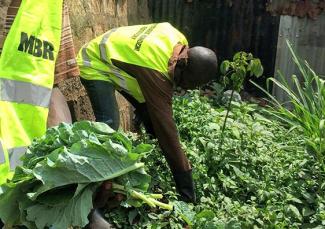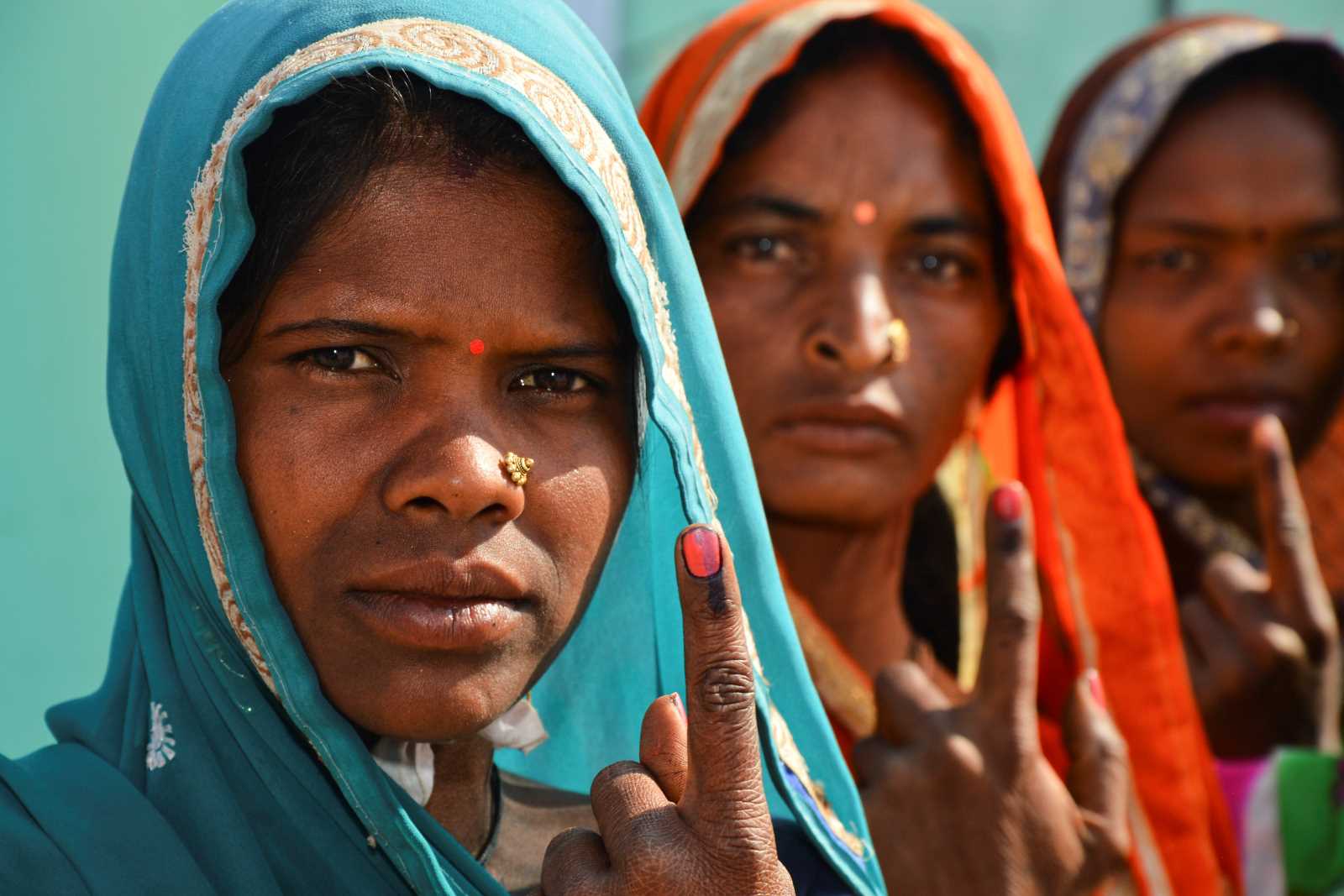Poverty
Urban food insecurity

In Kibera, Nairobi’s biggest slum, about 20 % of residents frequently go a whole day and night without food. Slum residents had the worst health and nutritional status of any group in Kenya in 2014, according to the African Population and Health Research Centre. The reasons were lack of basic services and poor sanitation.
Since the mid-twentieth century, urbanisation trends show an influx of low-income, rural people to urban centres in search of employment. Africa is currently the least urbanised continent. Only about 40 % of Africans live in urban areas. Things are changing fast, however, as the continent has a very high urbanisation rate at four percent per year, according to UN-Habitat.
Many African cities are unable to provide the rapidly growing population with adequate housing. For this reason, slums and informal settlements host increasing proportions of the population.
Half of Nairobi’s people live in such conditions. The slums of Nairobi show the city’s vast wealth inequality. In Kenya, urban areas have higher income inequality than rural areas. As the International Food Policy Research Institute (IFPRI) reckoned, 1.3 million rural Kenyans and up to 4 million urban Kenyans were food insecure in 2008. Things are similar in other African cities.
Unless a country is at war, hunger and malnutrition do not normally result from the unavailability of food. The problem is unaffordability. That is true in Kenya too, where the urban poor spend up to 75 % of their income on staple foods alone. This problem is exacerbated when maize prices rise due to world market trends. Maize is Kenya’s staple grain.
In the global food system, 4,600 kilocalories of food are harvested daily, but only 2,000 are eaten. On the one hand, inadequate transport and storage infrastructure means that a lot of food rots before it can be sold. On the other hand, consumers are known to throw away a large share of the food they purchase. No doubt, humankind must improve resource efficiency. As the experience gathered in Nairobi and other cities shows, urban gardening can make a meaningful difference, improving food security at the same time (see main story). (kc)












